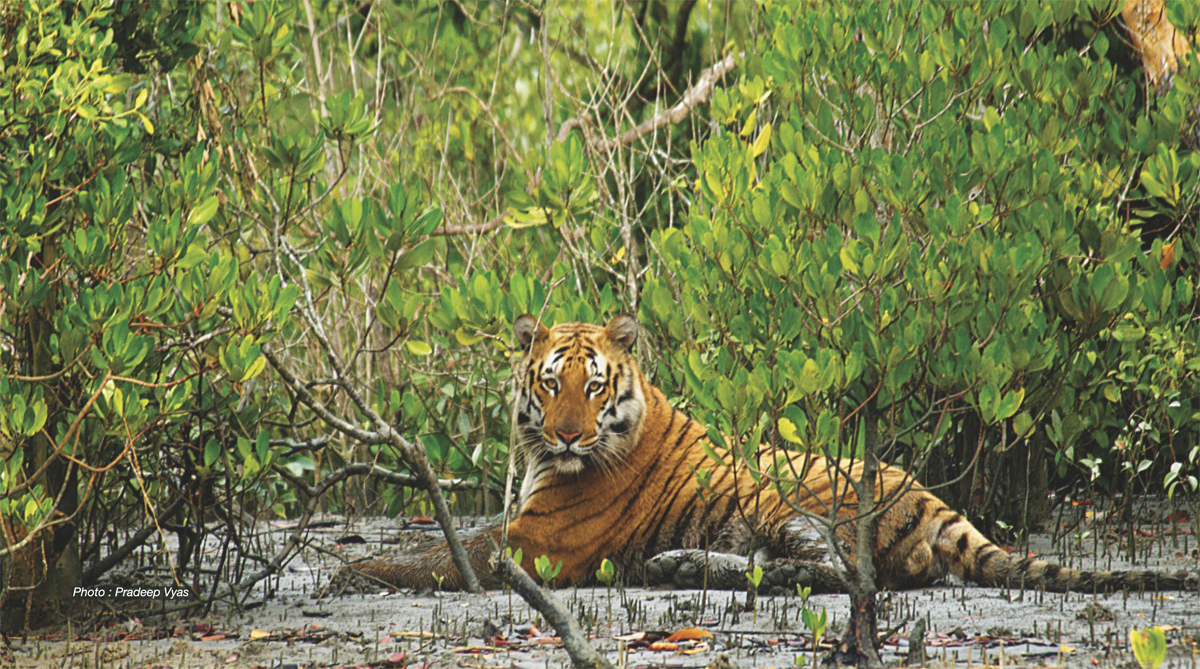Where Have the House Sparrows Gone? The house sparrow was once one of the most common birds, especially in rural areas. They used to build their nests on the roofs of mud houses and were known for their unique, cheerful chirping. Small in size and quite pretty, house sparrows were a familiar sight in many households.
Where Have the House Sparrows Gone?
However, over time, their population has seen a significant decline in many parts of the world, including India. Several factors have contributed to this decline:
Loss of Habitat: Urbanization and the destruction of natural habitats have reduced the spaces where sparrows can nest, such as the traditional houses with gaps in walls and eaves. As a result, sparrows are unable to find suitable places to build their nests, leading to a loss of shelter and food sources.
Changes in Architecture: Modern buildings, made of concrete and glass, do not provide the small spaces that sparrows need to nest. The lack of traditional nooks and crannies has made it difficult for sparrows to find suitable nesting sites.
Food Scarcity: The widespread use of pesticides and the removal of native plants have significantly reduced the availability of food sources for sparrows, such as insects and seeds. This food scarcity is one of the primary reasons for their decline.
Pollution: Increased pollution, both in the form of air and noise, has also affected sparrow populations. Studies suggest that sparrows are sensitive to changes in their environment, and high levels of pollution may be contributing to their disappearance.
Climate Change: Changes in weather patterns and temperature can affect the availability of food and nesting sites for sparrows, further contributing to the decline in their numbers.

Although house sparrows are no longer as common as they once were, efforts are being made to bring them back. These efforts include providing artificial nesting sites and planting bird-friendly gardens. If you want to help increase the sparrow population, creating a bird-friendly environment by planting native plants, reducing pesticide use, and offering suitable nesting opportunities can make a big difference.
Also Read : How are earthworms important in farming?




